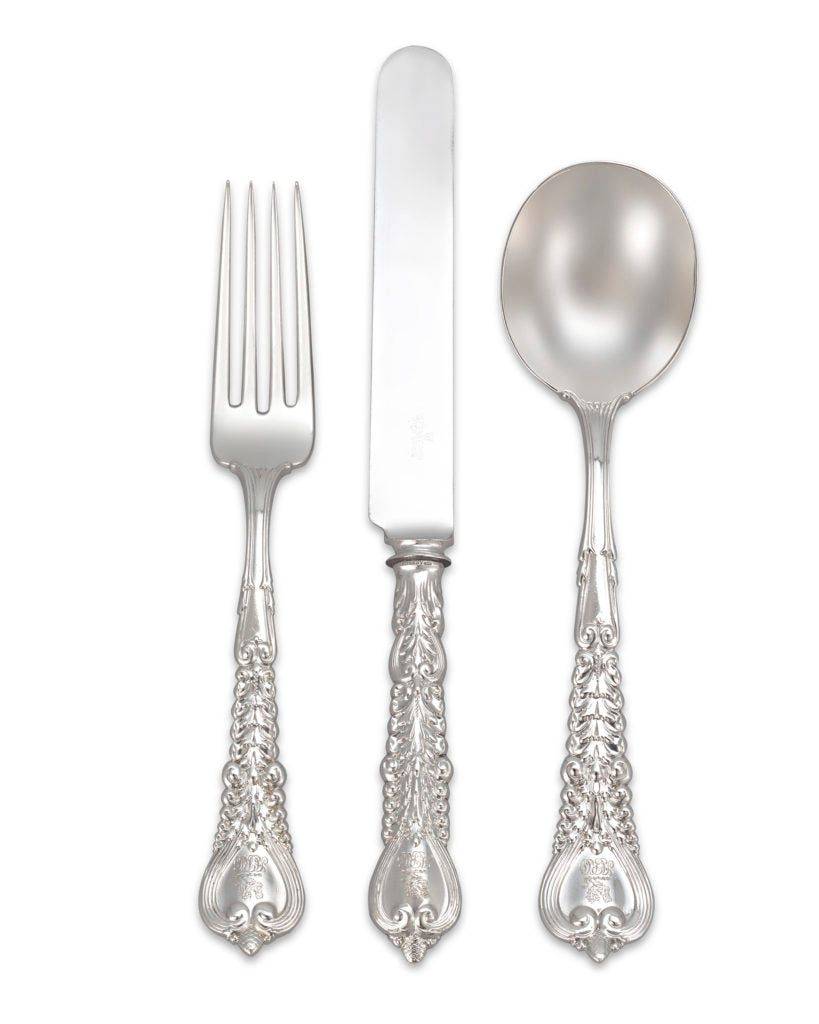The 19th century in America was a spectacular time. Society, industry, and overall daily life was characterized by enormous economic prosperity that completely engulfed the upper crusts of society. This economic growth, fueled primarily by the Industrial Revolution, had a profound impact in the United States, and individuals of the middle and upper classes experienced lavish influxes of wealth and security.
This period of industrialization was a time of extreme innovation brought by a shift to powered machinery, factories, and mass production. So great were the effects of industrialism that the U.S. became the world’s leading industrial nation by the early 20th century. This time brought an increased volume and variety of manufactured goods and, more importantly, a period where the upper classes of society enjoyed substantial wealth, thereby ushering in a greater quality of life.
Affluent individuals, therefore, desired to display and show-off their wealth in a manner of opulent ways. Most notably, however, was the way they dined. Etiquette books from this extravagant century document the lavish displays of the way the wealthy dined, and gave a vivid picture of the formal dinner parties of society, noting in 1887 “The extravagance of our modern dinner table has grown to be so great that it rivals those of ancient Roman feasts where dowries were expended on a single meal, and almost surpasses Cleopatra’s famed and costly beverage.” Stately succession of food courses, where seven or even nine wine glasses would accompany each individual place setting, proved to be a spectacular display. A dinner party in even in smaller or more middle-class homes would have more serving utensils than what is typical for a dinner party in today’s age.
 The renowned firm, Tiffany & Co., catered to the appetites to the elite and the phenomena of wealth display by creating some of the world’s finest serving utensils. In 1868, with the appointment of Edward C. Moore, a decision was made by Tiffany to integrate a flatware line in addition to their holloware. Tiffany had already established the market by selling other maker’s flatware, but now they began crafting their own flatware and patented their own patterns which brought them imminent success. In addition, Tiffany also offered large, complete, and matched services in fitted boxes which became the absolute vogue amongst elite individuals.
The renowned firm, Tiffany & Co., catered to the appetites to the elite and the phenomena of wealth display by creating some of the world’s finest serving utensils. In 1868, with the appointment of Edward C. Moore, a decision was made by Tiffany to integrate a flatware line in addition to their holloware. Tiffany had already established the market by selling other maker’s flatware, but now they began crafting their own flatware and patented their own patterns which brought them imminent success. In addition, Tiffany also offered large, complete, and matched services in fitted boxes which became the absolute vogue amongst elite individuals.
Below are five of Tiffany’s most notable flatware patterns to know:
1. English King (1885)
By far Tiffany’s most popular pattern, the English King pattern demonstrates extraordinary craftsmanship. Pieces made in this pattern showcase opulent, swirling foliate motifs, reminiscent of the royalty and regality of the “King’s Pattern,” known in England for over 100 years.

2. Chrystanthemum (1880)
Along with the opulent Olympia pattern, Chrysanthemum was one of the most expensive flatware patterns to create, at $1.35 per ounce where as other patterns typically cost $1.00 per ounce (Tiffany Blue Book, 1994). What makes this pattern so special? The pieces depict robust Baroque shapes with a modern, nature-inspired motif. The combination of these two styles quickly made the Chrysanthemum pattern the most prized and luxurious of Tiffany patterns. So popular was this pattern that Tiffany adapted it for use in their holloware pieces, such as large serving dishes.

3. Florentine (1900)
The Florentine pattern features elegant scrolls and acanthus leaves, a symbol for enduring life and immortality. Only created until 1934 and designed by Tiffany artisan, Paulding Farnham, the Florentine pattern is a combination of true rarity and elegance.
4. St. Dunstan (1909)
Named for the patron saint of gold and silversmiths, the St. Dunstan pattern is an embodiment and ode to the Art Deco style. Absolutely prevalent in the early 20th century, the Art Deco movement eclipsed not only decorative arts, but also architecture and fine art in a celebration of geometric shapes of glamour, exuberance, and technological progress.
5. Fanueil (1910)
The Fanueil pattern encapsulates the elegance for which the Tiffany firm is known: each piece is minimally decorated to embody a sleek and sophisticated aesthetic. Named for Fanueil Hall in Boston, the pattern is a nod to the understated and modest silver work of early Colonial American Silversmiths and is inherently an incarnation of American taste.

Often called the Golden Age of Flatware, as it is most often called, is a small sector of period in American history where lavishness ruled all. Fast forward today and custom fitted flatware sets are still being used and collected. Notable individuals such as Andy Warhol have been drawn to complete Tiffany flatware sets, recognizing both their enormous rarity and significance in the realm of silver craft.
Browse our exquisite collection of antique silver flatware today.








